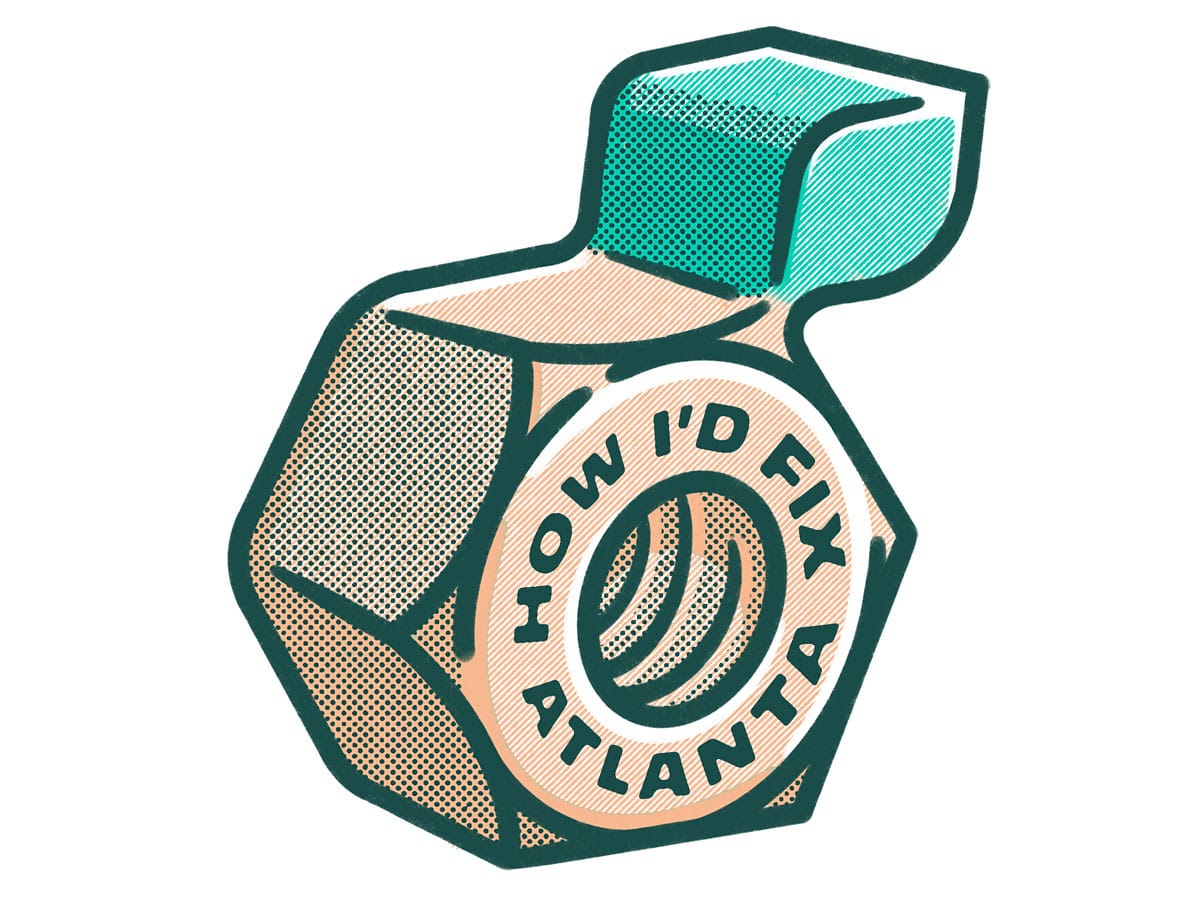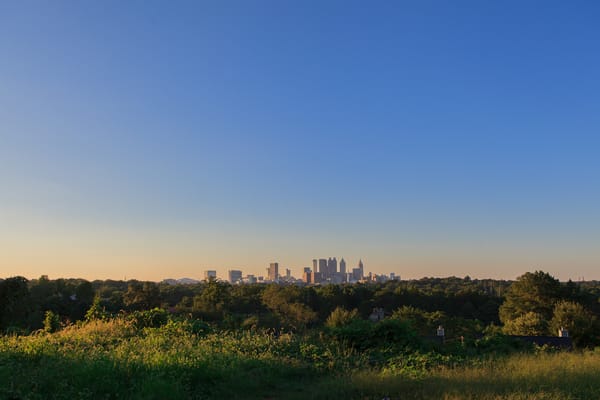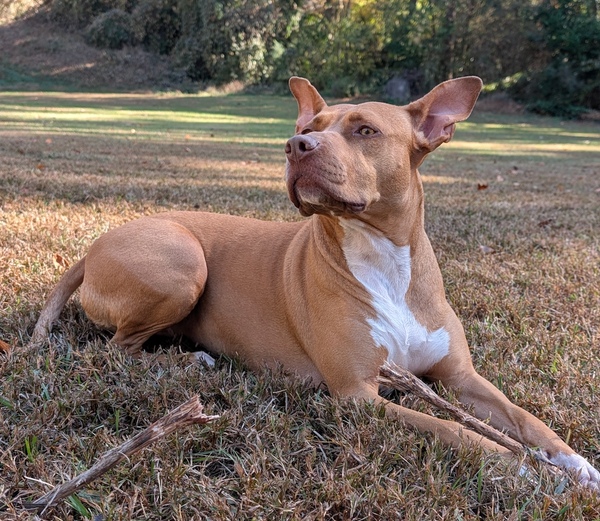How Taylor Cross Would Fix Atlanta
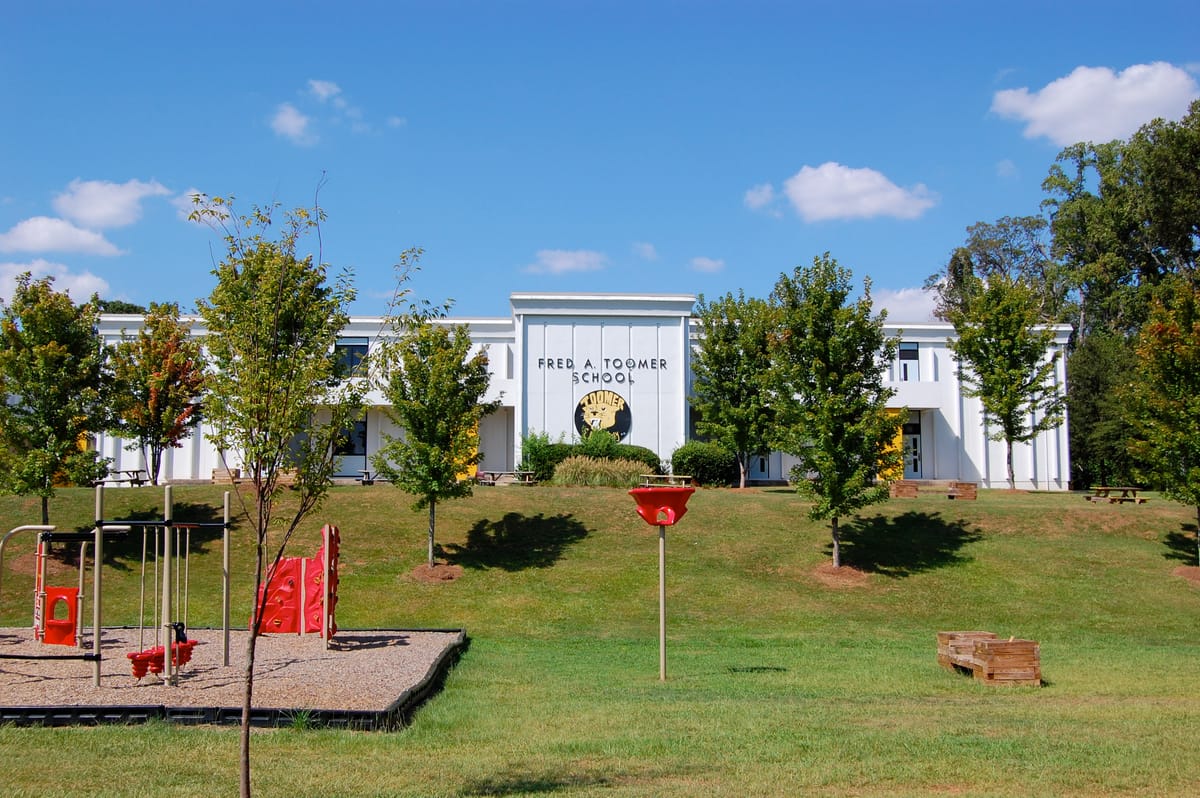
How I'd Fix Atlanta — Support Your Neighborhood Public School By Sending Your Kids To It
Taylor Cross
A neighborhood public school is in or near your neighborhood. Right now. Do you know where it is? Do you know anyone who goes there? You might, but in a city like Atlanta in 2025, you also might not.
Our neighborhood public schools are the ones that all the kids in our neighborhoods are able to go to because they live in the neighborhood. When I think about neighborhood public schools, I picture Ralphie and his buddies walking together in the snow dodging Scut Farkus in A Christmas Story, or the 1980s adolescent band of fledgling scientists of Hawkins, Indiana biking together in Stranger Things. Most of the kids in a neighborhood traversing to the same school together may seem a bit old school in some ways, especially in many of the ever-changing neighborhoods in Atlanta.
Many of us have options as ATL parents. Lots of them. There are loads of different types of schools to choose from in our city, which can sometimes be overwhelming. This deluge of choice, though, can often be influenced by the perfunctory—and sometimes troubling—ways we compare these choices.
School choice, as it turns out, is usually only for those with the ability to exercise it. For some, that choice is an illusion due to a lack of knowledge, capacity, transportation, or resources to bridge gaps for access to certain schools. As a result of who has choices and who doesn’t, school choice tends to be a bit of a buzzkill for those who truly want to prioritize educational equity in our city.
If we all sent our kids to the public school in the neighborhood where we live, often choosing to integrate that school instead of choosing one of the options in another neighborhood, our neighborhoods and our city would be a better place for all of us.
Hard to believe? Stick with me.
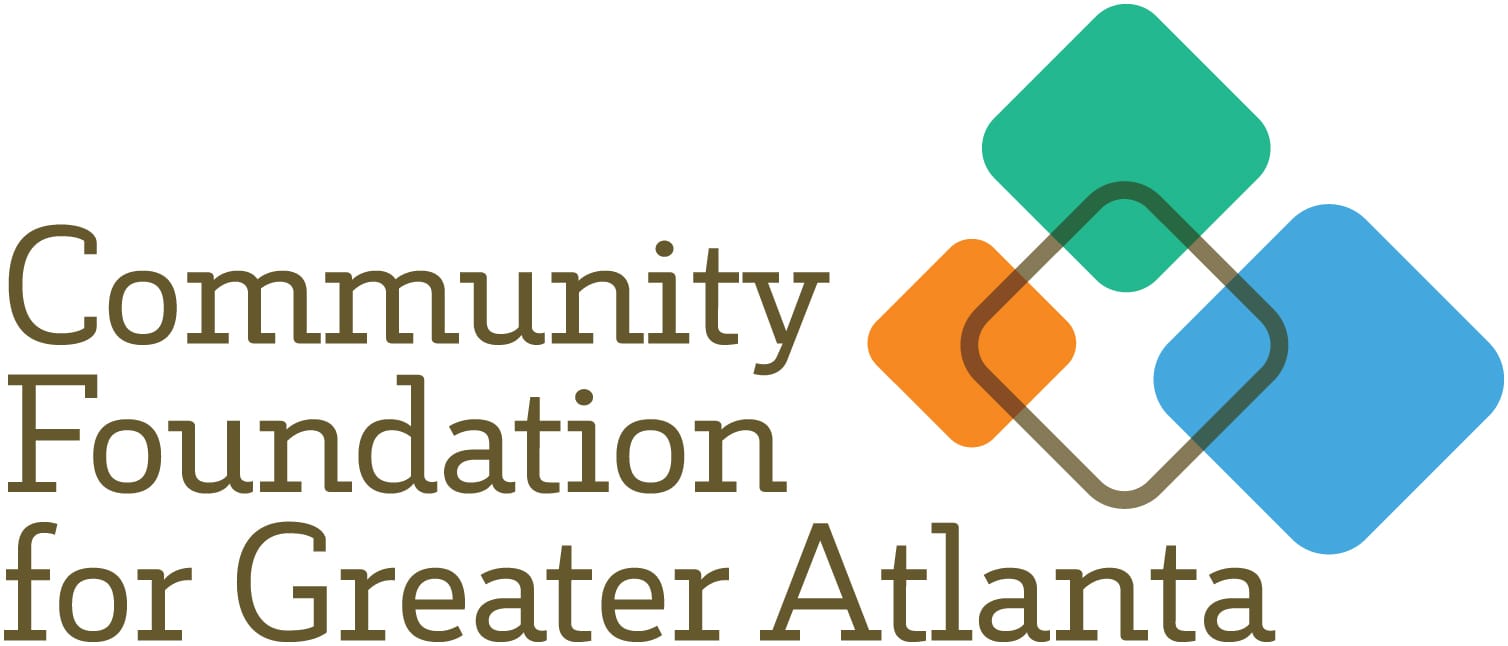
One of the primary reasons my family decided to live where we do is that our neighborhood—Kirkwood—is near the things we like to do. Proximity is what many of us crave in the city: walkability, bikeability, public transitability. We love being near coffee shops, parks, and unique neighborhood features. Who doesn’t?
Also near us is a neighborhood public school, Fred A. Toomer Elementary, and that is purposeful. As our city has grown over time, it has placed schools in growing neighborhoods, with the purpose of educating the kids in those neighborhoods. The result of this growth and planning is the absolute beauty of the potential of educational proximity for all of us. Just as that proximity benefits families such as mine, the benefits of sending our kids to that school are many.
One is being able to walk or bike to school. It’s convenient, safe, and truly a joy. Many people all over ATL already do this. The health and environmental benefits are obvious, but it’s also a natural way to build community. By walking or biking our kids to school, we get to interact with our neighbors who are doing the same thing, at the same time, on a daily basis. We connect with our kids on a deeper level when we are side-by-side on the way to school, experiencing our neighborhood together. It also helps them build smart life habits like knowing that walking a couple of blocks to get somewhere is okay, and that riding a bike for transportation is fun and efficient. Of course, if none of these pedestrian modes work for our family on a given day, a big yellow bus shows up a block or two from our house to get our kids to their public school.
Having our kids’ school close to our home is helpful and convenient in ways that are almost too numerous to mention. Running late is less of a big deal, for one. Volunteering time and resources is easier. Neighborhood schools also weave together all of the other things that brought us to the neighborhood in the first place, from local markets to coffee shops to places of worship and restaurants. We more easily connect with our neighbors simply because we’re forced to at dropoff and pickup. And those conversations lead to park hangs, playdates, family dinners, and the type of community you can lean on during hard times.
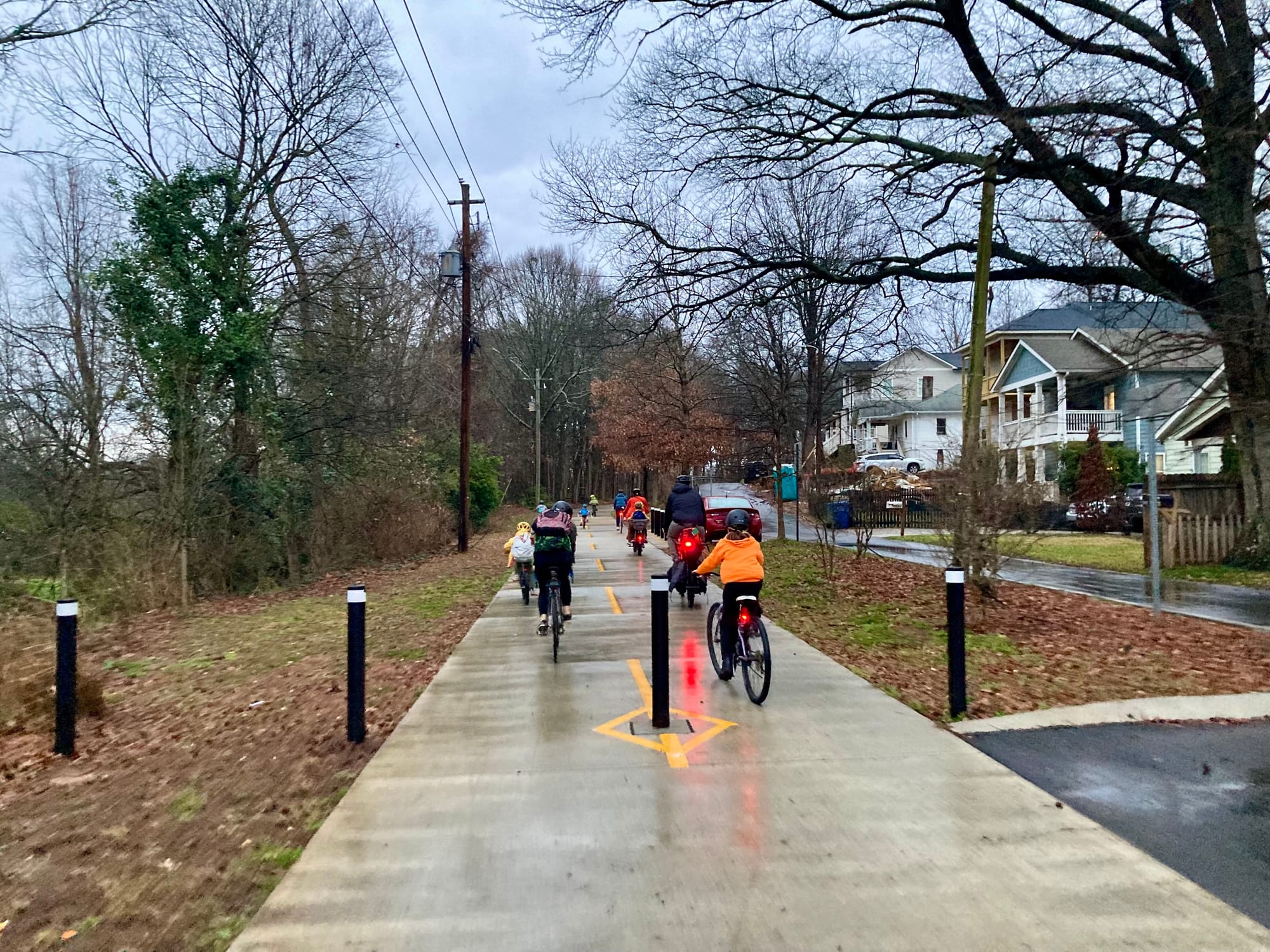
But it’s more than just a proximity issue. Perhaps the main benefit to deciding to “educate local” is that we keep our resources in our communities. One particularly nefarious aspect of gentrification is that when the new, oftentimes-affluent people move into a neighborhood on the rise, they often selectively decide which parts of the community they want to engage with.
By sending our kids to the neighborhood public school, we invest a lot—finances, knowledge, talents, professional and social networks—into the school where all the kids in the neighborhood get to go, no matter who they are. Equity is a term used a lot these days, partly because there are a lot of economic, social, and racial gaps in our society, and one of the most inequitable situations exists around our schools.
The unfortunate fact remains that our schools are nearly as segregated today as they were during those past decades we don’t like to talk about or be responsible for. And one reason that is true is that neighbors with resources send their kids to schools outside of their neighborhood—or choose a private or charter option in their neighborhood instead of the public school. And when they do that, knowingly or not, they’re taking their resources with them.
All of which is to say: in Atlanta, we’re often able to tout diverse neighborhoods while quietly ignoring and contributing to one of the primary perils of gentrification: economically and racially segregated schools.
My family and others like us attempt to right this wrong by sending our kids to the neighborhood public school as a way to invest in the community where we decided to live. That means our kids go to school with kids unlike them, and that’s great for many reasons. If our resources go toward benefitting our kid, while also benefiting other kids who don't have the same access, we can bridge the inequities that exist in our society and our city—one neighborhood at a time, one neighbor at a time.
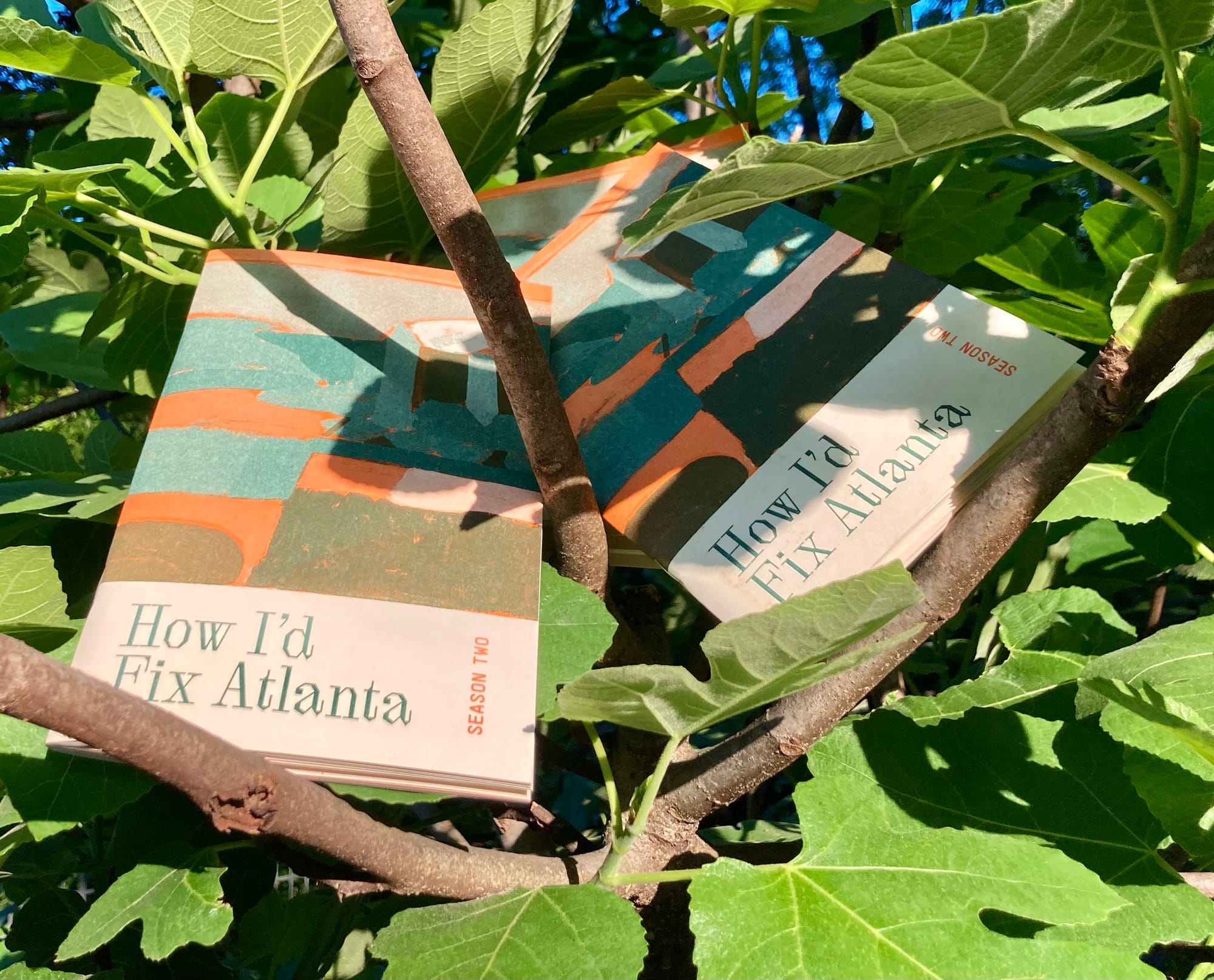
Why is it, then, that so many people in Atlanta don’t send their kids to the neighborhood public school, even though 83% of families in America do? This is a question I ask myself a lot, especially when I meet a neighbor who’s chosen the charter school near my home over the neighborhood public option. There are a lot of considerations around what families want for their children’s education, which school is the “right fit” for their kid, and, crucially, who that impacts.
ATL has loads of “In this house we believe…” yard signs, but a surprising amount of the kids in those houses attend a private or charter school that restricts enrollment for many of the kids in their neighborhood. To me and many others like me, this indicates that those beliefs stop just short of what is truly most important to them: their own children. They’re bold enough to believe in equity, but not brave enough to practice it.
Education is a hidden ignominy of progressive, urban-parent cognitive dissonance: a rather shocking conflict of beliefs and actions. And that leads to a slightly more under-the-radar, socially palatable version of what we’ve seen in ATL since the 1960s: segregated schools.
If more ATLiens chose to send their kids to their local neighborhood public school, our city would be more closely knit, our neighborhoods would be more supportive, and our resources would be more localized and equitably distributed. It’s a massive way to positively impact all of the neighborhoods where we’ve chosen to live, and literally anyone with kids can do it.
Taylor Cross, Ed.D, is currently in his 12th year as a City of Atlanta resident and his 17th year as a public school educator and advocate in Georgia.
How I'd Fix Atlanta is an essay series by ATLiens for ATL. In each of these pieces, a thoughtful human argues for one way we could make our city better. Sometimes the ideas are serious. Other times? A little more lighthearted. From infrastructure to food trucks, public transit to wildflowers, nothing is off limits.
How I’d Fix Atlanta was created by Austin L. Ray. It's a free newsletter sent on a Thursday of most months. It's also an annual zine that costs money. Sometimes it’s a performance on a stage. Other times, it’s a fundraiser. It's always a bunch of stickers. Occasionally it's featured on a podcast or a legendary WABE show. How I’d Fix Atlanta is large, it contains multitudes.
Each writer is paid $1,000 for their essay. Wanna help support the series? Reply to this email to learn more about sponsorship opportunities.
